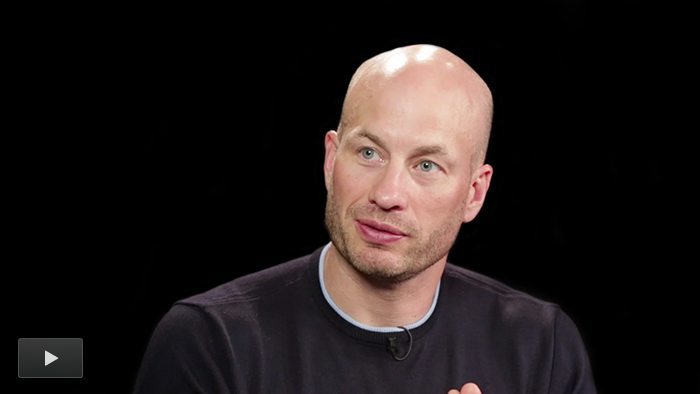Redefining Venture Capital
The venture market has failed to impress for the past decade, grossly underperforming the DJIA and S&P. But as investment strategies and technology continue to rapidly create new opportunities, industry veterans say it is critical to take a step back and redefine venture capital to better understand its trajectory and reap returns.
Now and Then
A glance at the historical timeline of venture capital shows a monumental peak in the late ‘90s and 2000. Since then, the asset class has struggled to crawl back to its glory days. But our panel of experts says new forces may change the course of venture capital performance—for the better.
David York, managing director at Top Tier Capital Partners, says two trends are transforming the space. First, technology has allowed companies to form faster, easier and with less capital. Also, within the last 18 months, capital markets have become more receptive to startup companies, which has eased liquidity concerns and boosted the exit environment.
Jeff Fagnan, a partner at Atlas Venture, says the consolidation of the industry is also notable, but he increasingly sees new funds forming to gain market share in different regions. He agrees with York that companies can get a product to market with much less capital compared to 10 years ago. “This is not only good for investors, but for entrepreneurs and the entire value chain,” he says.
David Beisel, co-founder of NextView Ventures, says the shrinking requirement for a substantial amount of capital has led to the emergence of the seed-stage fund. He says, “With the ability of companies to prove some initial milestones on literally hundreds of thousands of dollars, entrepreneurs have a lot more choices about where they raise seed-stage capital. This provides an opportunity for seed-stage funds like ours to enter the market.”
While seed funding can buttress a startup, it is smart scaling that ultimately boosts a new brand to profitability.
Scaling for Success
VC funds have different methods for categorizing startups (seed stage, early stage, multi-stage,
late & expansion stage, etc.) and likewise, they have different strategies for deciding when to commence scaling.
Fagnan: There is no one-size-fits all when it comes to scaling, but we want a company to hit a certain point where it can become a market leader. Capital will help scale, but it won’t meet all the company’s needs to become a breakthrough business. Entrepreneurs look to us pre-scale, when they’re starting to build processes, sales and a customer-base. Then they want to build a team and understand unit economics. That’s where startup teams need the most help.
Beisel: For our firm, we ask, ‘Can you use capital as a weapon?’ If the answer is ‘No, not yet,’ then you’re still in the mode of figuring out product market fit. Adding more capital at this point of flux may be detrimental. But if you can use capital as a weapon to outdo your competitors, then that’s the time to scale.
York: It used to be that investors could send $10 million in funding, select the right management and find the right space, and all these ingredients would grow the company. But today, there is a lengthy time to liquidity and options for startups don’t materialize until the second or third year. Therefore, VC firms need to understand how to manage the capital base—it must provide a good multiple, and good IRR. For the first time, venture capitalists are forced to really think about portfolio management.
So where is VC performance headed?
Beisel: Venture capital is about asymmetric returns. Distribution in this asset class is unlike any other. If you look at the last 10 years, or since the global economic crisis, returns have decreased. But the public market and other exit opportunities are opening up and providing natural inflows. Returns are just going to rise given that there is less money going in and more coming out.
York: Numbers are going to come back to where investors expect them to be for the risk they’re taking on, so we’ll likely see figures in the mid-to-high teens to the low twenties. Multiples are going to lag but IRRs are going to improve.
But the real question is: will it bring capital back to the space? Fundraising has bottomed out at this point. We have piqued the interest of more institutions in the last 10 years. But they’re not buying yet; they’re sort of just kicking tires.
Fagnan: While private equity as a whole saw the biggest year for cash returns in 2012, there was a small company called Facebook that happened to go public, which specifically impacted recent VC performance. But I think innovation will just continue and accelerate beyond San Francisco, Boston and New York. I think there will be big companies coming out of Madison, Wisconsin, Boise, Idaho and Des Moines, Iowa, and more capital will flow into venture capital as a result. ■
Industry veterans say it is critical to take a step back and redefine venture capital to better understand its trajectory and reap returns.





